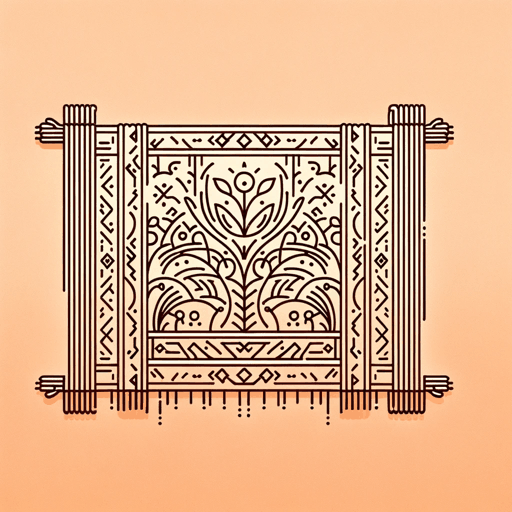60 pages • 2 hours read
Yangsze ChooThe Ghost Bride
Fiction | Novel | Adult | Published in 2013A modern alternative to SparkNotes and CliffsNotes, SuperSummary offers high-quality Study Guides with detailed chapter summaries and analysis of major themes, characters, and more.
Themes
Death and the Afterlife
One of the most prominent themes in The Ghost Bride is the exploration of death and the afterlife. The novel is most concerned with showing the, at times, uncomfortably close connection between life and death, as well as how notions of the afterlife are directly affected by the beliefs one holds while alive. For example, Li Lan notices that after she transitions from the realm of the living to that of the dead, she almost exclusively encounters Chinese ghosts and spirits. The afterlife that she experiences is related to her own religious and cultural traditions. While making her way through the Lim family home in the Plains of the Dead, Li Lan muses: “I wondered what the afterlives of Sikhs, Tamils, Malays, and Arab traders were like. Indeed, what was the Catholic paradise?” (231). Her reflections here indicate that, for the world of The Ghost Bride, there are many afterlives, which are based on one’s personal beliefs. This notion is also evident in the differences between the ways that different groups mark or celebrate the dead, such as when Li Lan observes the stark differences between the old, crumbling Chinese cemetery of Qing Ming and the “quiet Malay cemeteries, whose pawn-shaped Islamic tombstones are shaded by the frangipani tree, which the Malays call the graveyard flower” (75).


